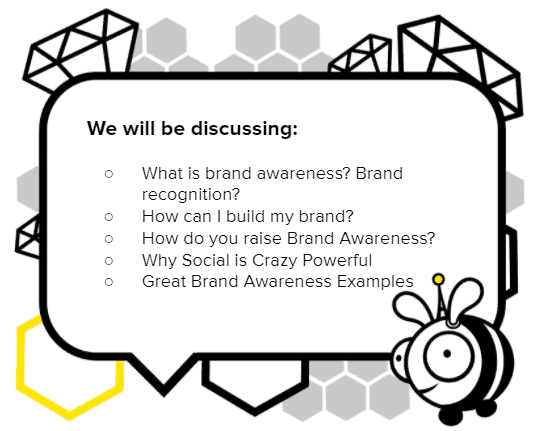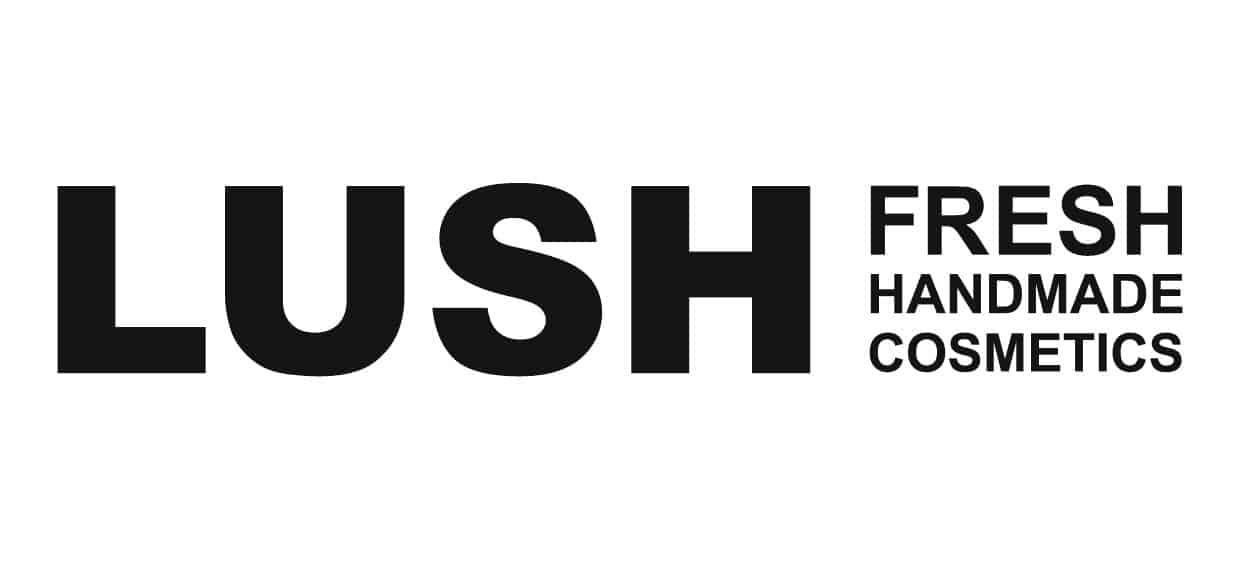Podcast: Play in new window | Download
Subscribe: RSS
When it comes to building your brand, there’s so much more to it than just the appearance. You’ve got to think about what your audience will think, say, and feel about your business. When you’re not in the room, what are people saying?
What’s New?
New in marketing this week: College students are gaining valuable work experience, salesforce expands first-party data capabilities and Amazon releases a thing called Sidewalk.
College students are getting valuable career experience working as brand ambassadors – Companies like TikTok and Bumble hire college students to work as brand ambassadors on campus.
Salesforce expands first-party data capabilities with new Snapchat, Google tie-ups – Salesforce, the most widely used CRM platform, is pushing harder on products that cater to marketers’ growing needs around first-party data.
Amazon Sidewalk is almost here –Should consumers opt-out, and should brands keep their distance? What marketers need to know about Amazon’s neighbourhood takeover.
What’s Working?
So, how can you build your brand? What are the steps needed to create a brand that people are going to recognize?

It’s one thing to have brand awareness and another to have brand recognition. What are the differences? Keep reading to learn about what each can mean for your brand.
What is Brand Awareness?
Brand Awareness is the measure of how memorable and recognizable a brand is to its target audience.
People are more likely to buy from a brand they are aware of rather than one they’re unfamiliar with.
Establishing Brand Awareness is a vital asset as it builds trust amongst your target audience.

What is Brand Recognition?
Brand Recognition refers to the ability of consumers to identify a specific brand based on its attributes such as:
- Logos
- Slogans
- Jingles
- Packaging
- Advertising
For brand recognition to work, companies need to find a way to help people recall their brand.
Brand Recall is the ability of consumers to recall a brand name from their memory without any visual or auditory identifiers.
How can I Build my Brand?
There are some key pieces you need to ensure that you build a brand that your audience will enjoy and interact with.
Persona. A collection of personality traits, attitudes, and values that your brand regularly showcases to help connect with a certain audience segment.
Emotional Connection. Forming a relationship between a consumer and a product or brand by provoking their emotions.
Origin Story. A story about how your company came to be.
Create, Create, Create. Continue to create and build your story to develop your brand.
Persona
If your brand doesn’t resonate with your audience, it won’t lead to that awareness, recognition, and trust.
You must understand who your branding will speak to.
What you learn about your buyer personas will influence your branding decisions down the line.
Emotional Connection
Emotional Branding is the art of storytelling that connects your product or service with your audience. What feelings resonate with the public when they think of your brand?
Awareness and relevance can make brands strong, but it’s the emotional seduction that makes brands great.
What’s Your Origin Story?
Your story represents who you are, what you stand for, and what your purpose is.
Today, consumers look beyond price tags and good deals. They want to connect with the brand, story, and purpose.
Origin stories often happen with a pivotal moment of change. What is that change for you?
How do you Raise Brand Awareness?
Developing a voice & image is crucial in allowing your brand to stand out from its competitors.
Some ways that you can allow your brand to stand out are with eye-catching design and strategic communication.
Podcasts and brand partnerships are unique and effective ways to gain awareness amongst the public.
Design
You want to create a pattern recognition in people’s minds so they’ll keep coming back for more content.
Your logo and design should reflect your brand personality.
Design is a system that supports your brand.
There’s more to it than just graphic and visual design.
Communication
Communication speaks volumes about your brand.
An emotional link is more important to your customers than anything else.
You can communicate with your audience using content like:
- Social
- Podcast
- Live video
And through customer feedback: reviews, community management.
Communication doesn’t just come from what you say to your audience but from how you communicate through design.

Communication through Podcasts
Podcasts are the most time-efficient form of communication; while completing chores at home, one can listen to conscious thoughts.
Since attention spans have reduced, we prefer to listen while multitasking rather than read an entire article of 1000 words.
Audio blogging has a strong history but a brighter future for marketers.
It’s a powerful tool and can be done easily.
Why Social is Crazy Powerful!
Social media has evolved drastically over the years and has only continued to expand. We are seeing trends constantly develop, taking social to new levels.
Social is crazy powerful and allows you to:
- Put out content consistently
- Reach a broader audience
- Create and share similar content
- Create a schedule & post regularly
- Put your visual content to work
- Cross-promote content
- Advertise effectively
- Stay on top of trends
- Gain insights
- Make use of automations
Partnerships AKA Collabs
Forming brand partnerships can allow you to enhance your brand’s message. Using influencers and connecting with fellow brands allows your story to be told genuinely and can enable your brand to appear more authentic and trustworthy.
This strategy is excellent to help build company growth and reach a new audience.
Examples of Great Brand Awareness


Your Brand is You
There’s a reason you started your business.
Define your purpose, tell your story, and build your brand.
Establishing your brand identity and connecting with your target audience, will help set you up for success!
If you loved this read, then you’ll want to check out some of our other great reads:
New Social Media Platforms You Should Consider In 2021


